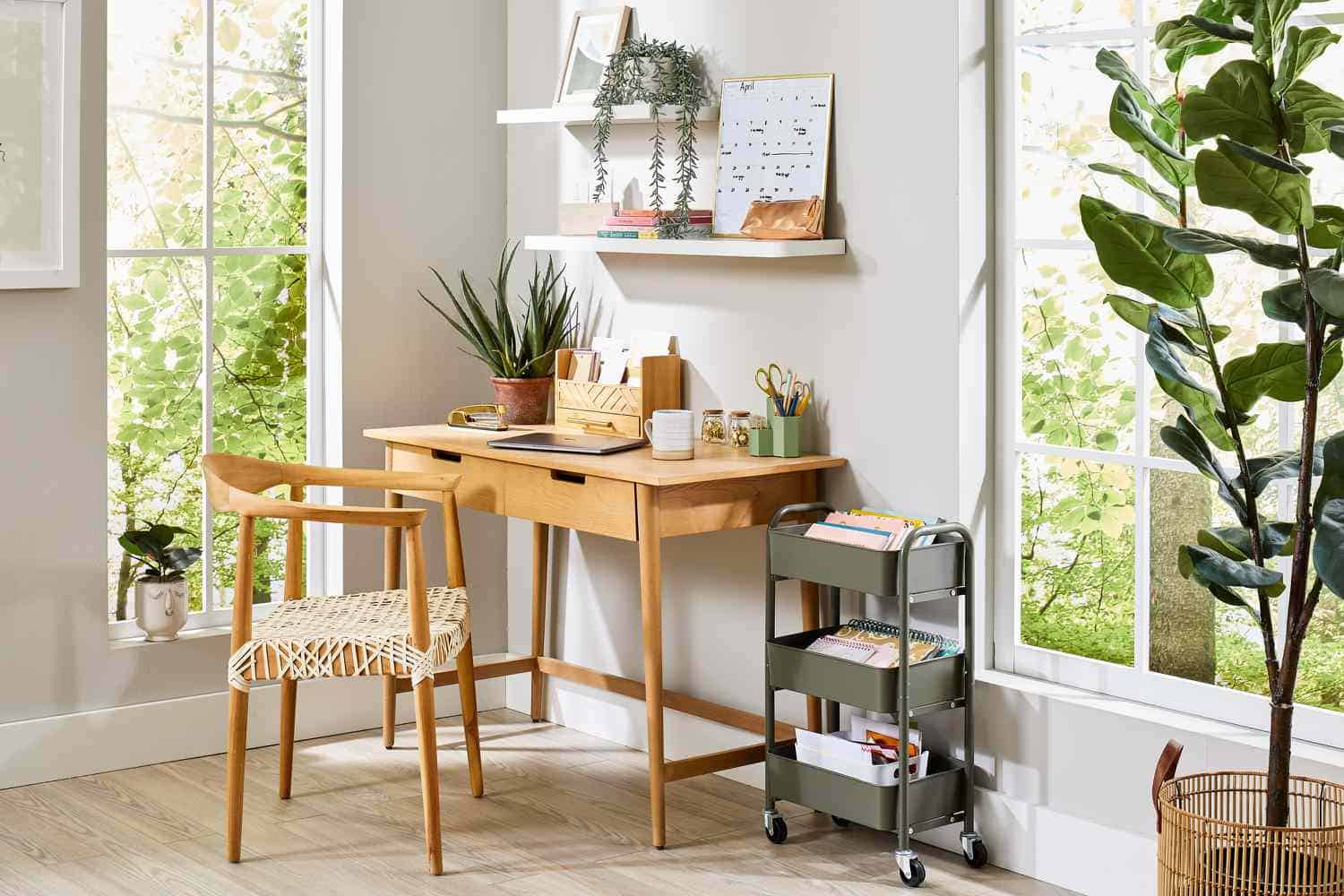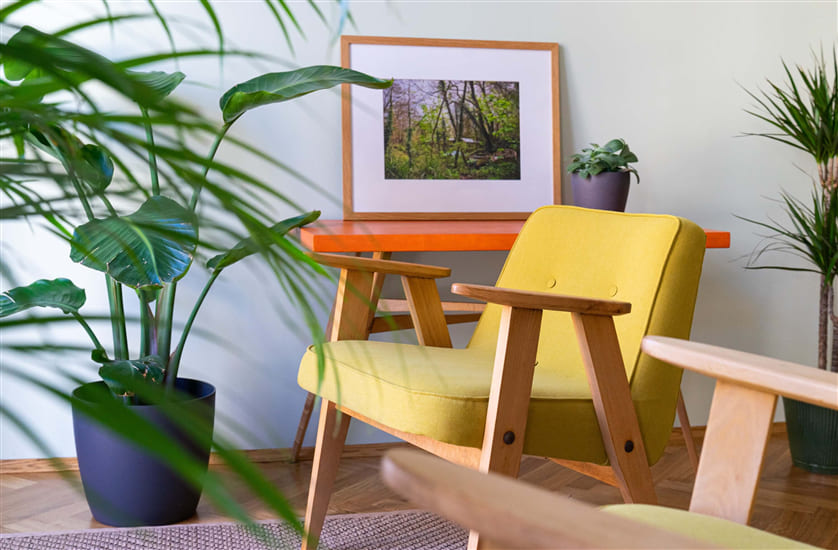Introduction:
Syngonium Albo, also known as the Arrowhead Plant or Goosefoot Plant, is a captivating species cherished by both novice and experienced plant enthusiasts. With its distinctive arrow-shaped leaves and variegated patterns, this plant adds a touch of sophistication to any indoor setting. In this comprehensive guide, we delve into the intricacies of caring for Syngonium Albo, from optimal growing conditions to propagation methods, ensuring that your plant thrives and flourishes.
Syngonium Albo: A Jewel of Nature
Syngonium Albo stands out as a versatile and visually appealing addition to any plant collection. Its lush foliage, adorned with striking variegation, makes it a sought-after choice for interior decoration. Whether displayed as a standalone specimen or incorporated into a lush arrangement, the Syngonium Albo never fails to captivate with its beauty and charm.
Understanding Syngonium Albo
Syngonium Albo originates from the tropical regions of Central and South America, where it thrives in the dappled shade of rainforests. Its botanical name, Syngonium podophyllum, reflects its arrowhead-shaped leaves and climbing habit. This plant belongs to the Araceae family, which includes other popular houseplants like Philodendrons and Monsteras.
The Anatomy of Syngonium Albo
Syngonium Albo features heart-shaped leaves with distinct variegation, ranging from creamy white to vibrant green. Its foliage may display various patterns, including marbling, speckling, or veining, adding to its ornamental appeal. As the plant matures, it develops aerial roots, enabling it to climb and vine in its natural habitat.
Variegation Patterns
The variegation patterns of Syngonium Albo are a testament to its diversity and beauty. From bold stripes to delicate speckles, each leaf possesses a unique combination of colors and markings. Variegation occurs due to genetic mutations that affect chlorophyll production, resulting in patches of different hues on the foliage.
Care and Maintenance of Syngonium Albo
Caring for Syngonium Albo requires attention to detail and a nurturing touch to ensure its well-being. By providing the right environment and meeting its specific needs, you can enjoy lush growth and vibrant foliage year-round.
Light Requirements
Syngonium Albo thrives in bright, indirect light, mimicking its natural habitat beneath the forest canopy. Avoid exposing it to direct sunlight, as this can scorch the delicate leaves and cause them to fade or develop sunburn spots. Place the plant near a north or east-facing window to provide ample light without risking sun damage.
Watering Regimen
Maintaining proper moisture levels is crucial for the health of Syngonium Albo. Water the plant when the top inch of soil feels dry to the touch, ensuring thorough saturation without waterlogging the roots. During the growing season, typically spring and summer, increase watering frequency to accommodate the plant’s increased metabolic activity. In contrast, reduce watering during the dormant period in fall and winter to prevent root rot and fungal diseases.
Humidity and Temperature
Syngonium Albo thrives in humid environments with moderate temperatures, similar to its native habitat in tropical forests. Aim for a humidity level of 50% or higher by misting the foliage regularly or placing a humidifier nearby. Maintain temperatures between 65°F to 80°F (18°C to 27°C) year-round, avoiding sudden fluctuations or drafts that can stress the plant.
Soil and Fertilization
Provide Syngonium Albo with well-draining, aerated soil rich in organic matter to support healthy root growth and moisture retention. A balanced liquid fertilizer diluted to half strength can be applied monthly during the growing season to promote lush foliage and vibrant variegation. However, refrain from fertilizing during the dormant period to avoid overfeeding and nutrient buildup in the soil.
Pruning and Propagation
Regular pruning helps maintain the compact growth habit of Syngonium Albo and encourages bushier foliage. Remove any yellowing or damaged leaves promptly to prevent the spread of disease and maintain the plant’s aesthetic appeal. Additionally, Syngonium Albo can be propagated easily through stem cuttings placed in water or moist potting mix, allowing you to expand your plant collection or share cuttings with fellow enthusiasts.
Common Pests and Problems
While Syngonium Albo is relatively resistant to pests and diseases, it may occasionally encounter issues such as spider mites, aphids, or fungal infections. Monitor the plant regularly for signs of infestation, such as yellowing leaves, webbing, or sticky residue, and take appropriate measures to address the problem. Neem oil or insecticidal soap can be used to control pests effectively without harming the plant or the environment.
Frequently Asked Questions (FAQs)
- How often should I water my Syngonium Albo?
- Water your Syngonium Albo when the top inch of soil feels dry, typically every 7-10 days during the growing season.
- What is the ideal humidity level for Syngonium Albo?
- Syngonium Albo thrives in moderate to high humidity levels, ideally between 50% to 70%.
- Can Syngonium Albo tolerate low light conditions?
- While Syngonium Albo prefers bright, indirect light, it can tolerate moderate to low light conditions with reduced growth and variegation.
- How do I propagate Syngonium Albo?
- Syngonium Albo can be propagated through stem cuttings placed in water or moist potting mix, ensuring nodes are submerged to encourage root development.
- What are the signs of overwatering in Syngonium Albo?
- Overwatering can lead to yellowing leaves, wilting, and root rot. Allow the soil to dry out between waterings to prevent moisture-related issues.
- Is Syngonium Albo toxic to pets?
- Yes, Syngonium Albo contains calcium oxalate crystals, which can cause irritation or digestive discomfort if ingested by pets. Keep it out of reach of curious animals to prevent accidental ingestion.
Conclusion:
In conclusion, Syngonium Albo emerges as a resilient and visually stunning addition to any indoor garden or botanical collection. By understanding its unique requirements and providing attentive care, you can cultivate a thriving specimen that rewards you with lush foliage and vibrant variegation. Remember to monitor its growth, address any issues promptly, and share your newfound knowledge with fellow plant enthusiasts to foster a community of green thumbs dedicated to nurturing nature’s wonders.





